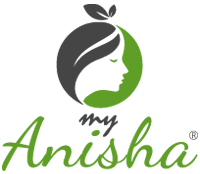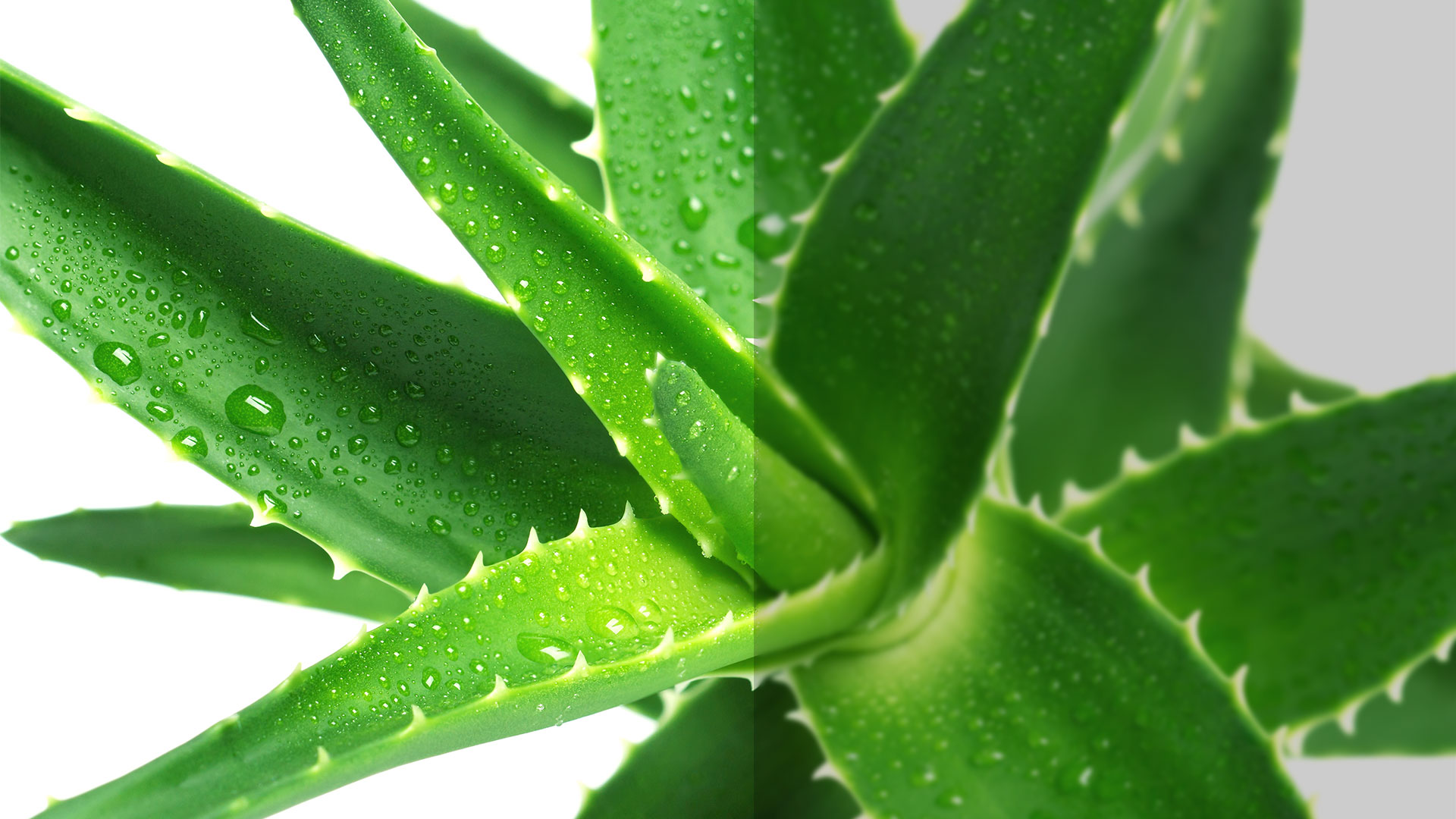A plant with great benefits for the world of cosmetics
Aloe vera is a plant of the Aloeaceae family, which prefers warm, dry climates with high benefits.
Widespread in Africa and Latin America, aloe vera appears as a perennial fleshy plant that can reach up to one meter in height and its leaves are arranged in tufts and host lateral thorns, from which a rich gelatinous substance is obtained. of beneficial properties, both in the medical and cosmetic fields. Let’s discover together how to use it, its therapeutic properties and how to use aloe vera.
The properties of Aloe Vera
As mentioned above, the properties of this plant are varied mainly because aloe vera can be taken in two different forms: the substance released by its leaves can be used in the form of gel or juice, also called aloe juice, respectively for external use or internal use.
This is made possible by the presence of Acemannan, a mucopolysaccharide that has proved protective in many cases and is an active ingredient naturally present in the plant.
Recall also that since the eighties, with the advent of natural supplements has started to speak of aloe juice to drink with its many properties.
In the form of gel, aloe vera is perfect for combating small burns and scars, but it is also perfect against insect bites, to be applied to the body after shaving or depilation to give freshness to the skin, to make a compress pre hair shampoo, to burn inflamed gums or fight muscle pain; in short, the possibilities of using aloe vera gel are many, and it is for this reason that it is advisable to always keep it within reach; if you live in a sunny area, you can also grow it on your balcony.
The aloe vera juice, on the other hand, reveals all its benefits especially in the following cases:
- Gastro-intestinal system: Aloe is used to fight common ailments, such as gastritis and colitis, thanks to its anti-inflammatory properties, but must be “purified” by Aloina that can lead to a worsening of the situation.
- Immune system: Aloe vera stimulates the body’s natural defenses, and for this reason it is important to take the juice in those periods of the year when the body is exposed to multiple attacks; this “stimulating” action is given by the presence of Acemannan which has immunostimulant properties and helps the production of interferon, stimulating macrophages.
- Antioxidant and detoxifying action: the intake of this plant’s juice also benefits hair, nails and skin; this is because aloe vera is rich in mineral salts and vitamins that fight free radicals that contribute to the aging of body cells.
- Antiviral and antibacterial action: Research has shown that taking Aloe vera juice helps to counteract the onset and activity of bacteria, fungi and viruses, including Escherichia coli and Candida albicans.
These are just a few fields in which this plant is used, but research on them and its properties continues; in fact some recent studies are focusing on its anti-tumor properties, although in this case the most suitable species is Aloe Arborescens.
Aloe vera contraindications
Like all plants, even Aloe vera presents, of course, the counter indications that occur mainly in the gastro-intestinal tract with cramps and diarrhea.
Moreover, if you are following a pharmaceutical therapy, you should consult your doctor to find out if the intake of Aloe vera juice can interfere with the action of drugs, altering or making their action ineffective. Use during lactation is not recommended, as the juice would make the mother’s milk bitter, which would be so unpleasant to the newborn, and during pregnancy.
Finally, as far as the gel is concerned, there is no counter indication, so it is suitable for the use of its children, unless you suffer allergy to this plant, which is still quite rare.



